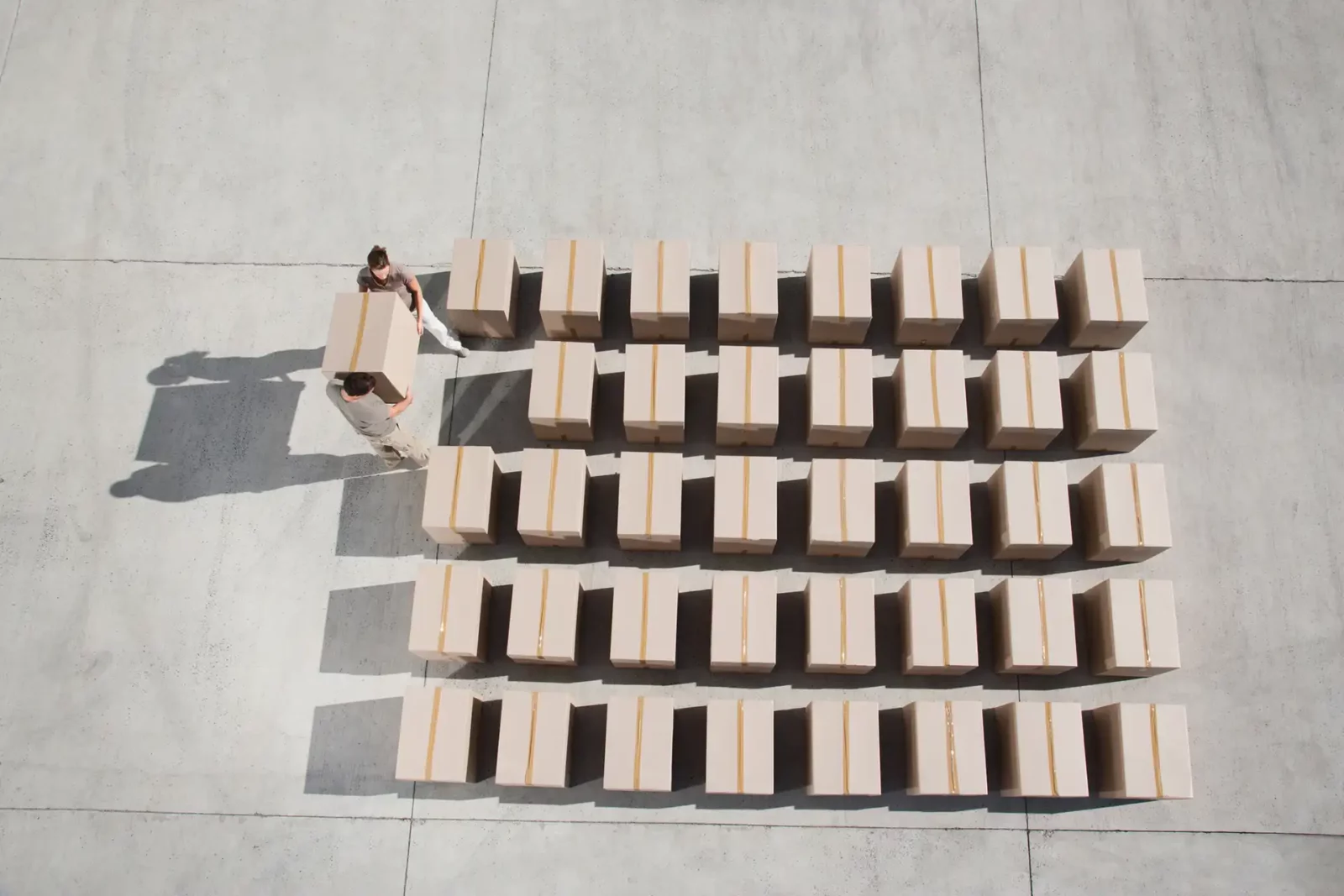In warehouse management, slotting refers to the process of determining the optimal placement of products or items within a warehouse. It involves assigning storage locations to each item based on various factors. These factors include item characteristics, demand patterns, picking frequency, seasonality, and warehouse layout.
The goal of slotting is to maximise storage space utilisation, improve picking efficiency, and streamline warehouse operations. The slotting process involves analysing historical data, demand changes (seasonal or evergreen products) item characteristics (size, weight, etc), characteristics of slots (maximum height and width), and warehouse layout to determine the best strategy. As warehouses continues to grow, slotting can be a key factor in determining how to best store and retrieve items in the most efficient manner. Slotting strategies can significantly improve carton flow in distribution centers.
There are three broad categories in slotting: static, dynamic, and random. We will be exploring each in detail below.
Static Slotting
Static slotting (sometimes referred to as fixed slotting) is a traditional method of organising items within a warehouse that involves assigning fixed locations for each SKU (Stock Keeping Unit). In static slotting, each item has a designated storage location, and these locations remain constant unless there is a deliberate reason to reorganise the layout. The picker may use a bar code that records and communicates his picking activity to a database in a Warehouse Management Software. Static slotting is suited for business that generate most of their revenue from a few high turnover products.
Pros of Static Slotting
- Predictability: Item locations are constant so it is easy to find items which can lead to faster picking times.
- Simplified Management: Require less monitoring and adjustment.
Cons of Static Slotting
- Inefficiency: Storage space are not optimised for demand changes.
- Lack of flexibility:New products or changes in demand would require a reorganising the entire warehouse layout.
Dynamic Slotting
Dynamics slotting involves regular analysis and adjustment based on demand patterns, seasonality, item characteristics, picking frequency, and to accommodate future wave picking requirements. It has more flexibility to cater for changes in demand and new products. This can lead to better optimisation of storage space and picking efficiency.
A simplified example of dynamic slotting is having a prime bin location next to the shipping dock to be filled with the highest moving product for the week, Product A. At the end of the week, all Product A has been used up and prime bin is available for replenishment with the highest moving product of the following week, Product B. Meanwhile, an empty bin further away is replenished with Product A as it is now moving slower than Product B.
This kind of orchestration is only possible with the use of software that has access to order fulfilment dates and to the bin levels within the warehouse. Another example of dynamic slotting is used by Amazon.com warehouses. When a product bin empties, it is replenished with any raondom product that can fit into it. This system is referred to as chaotic storage. Amazon has millions of different products where many of them are temporary. In addition, new products are continually being introduced. The sheer quantity and transient nature of many of Amazon products make static slotting impractical. Instead, a system that emphasises complete dynamic flexibility is used. The software keeps track of product locations and directs workers to them via an optimised picking route.
Dynamic slotting approaches usually relies on a Warehouse Management Software to perform precise calculation to decide where to place the inventory depending on the demand at a particular point of time. The WMS solution would be able to keep track of demand in real-time and enable it to provide a strategy that ensures faster-moving stock is placed nearer to the shipping dock for better efficiency in stock movements.
Pros of Dynamic Slotting
- Optimisation: Regular analysis and adjustment means that space is used optimally
- Adaptability: Warehouse can adapt quickly to fluctuations and changes in demand, seasonality, or item characteristics
- Maximizing Throughput: Item with higher demand can be placed in more accessible locations, resulting in more efficient picking and increasing overall throughput
Cons of Dynamic Slotting
- Complexity: Requires sophisticated data analysis and management systems to continually optimise slotting configurations.
- Resource Intensive: Regular updates require time and resources including retraining warehouse staff

Random slotting
Random slotting allows items to be stored in any any available space within the warehouse based on factors such as size, weight, and item characteristics. The advantage of doing so is to maximise warehouse space and reduce replenishment time. Warehouse staff do not need to adhere to predefined storage locations. They can place items at nearest available space which reduce travel distances and minimise congestion in the warehouse. However, this slotting strategy can sometimes be less time-efficient. It can lead to non-optimised use of space and lead to multiple back-and-forth trips due to varied pick zones for each items.
The Crucial Role of Slotting Strategies
Regardless of slotting strategy that you choose, it is essential that your approach reduces cost, maximise storage space and meets your inventory demand. An efficient slotting strategy can improve productivity and minimise replenishment runs. With a higher storage efficiency, warehouse managers have an easier time managing material flow across different warehouse locations.
For information on using best practices to optimise your warehouse operations, contact FUJIFILM MicroChannel at 1300 440 444 or reach out to us at any of our offices.







